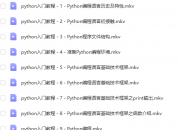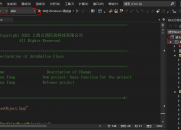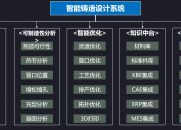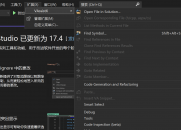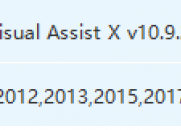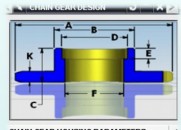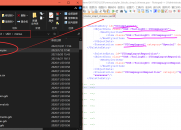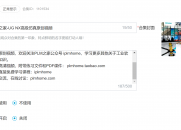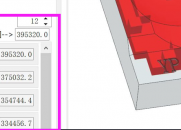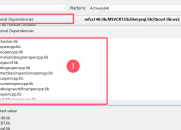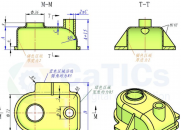请使用QQ关联注册PLM之家,学习更多关于内容,更多精彩原创视频供你学习!
您需要 登录 才可以下载或查看,没有账号?注册

x
The examples show how to access the following relationships: 5 W/ ^; t' ^/ X5 m4 G0 }: K
NX session → list of parts part → list of solid bodies solid body → list of faces solid body → list of edges face → list of associated edges face → solid body edge → list of associated faces edge → solid body
- |" ]# L7 E0 O& \ M1 q
% ]$ k5 e. v6 j+ X- c" c4 o- s
Bodies, Faces and Edges - Language Specific Details
5 J# I. K B8 } V4 M$ K6 xNX Open for C++ NX Open for .NET NX Open for Java & w& Z3 g/ D8 \
9 g1 k/ v! {9 @( b9 D
NX Open for C++ l; `3 T' G% Q
a' x+ f" n X" X) `* u/ M
/ ]" }. X& T& YNX session → list of parts
3 m7 W w$ \. `( e9 GTo access all parts in an NX session, use the Parts property to access the Part Collection. Then use the collection's iterator to access each part. Session *NXSession = Session::GetSession(); ParTCollection *partList = NXSession->Parts(); PartCollection::iterator itr; for ( itr = partList->begin(); itr != partList->end(); ++itr ) { processPart(*itr); }- i6 z7 J& d8 _/ N% v# c9 Z
' q& x# D. K6 d% tpart → list of solid bodies/ G" u. U4 H2 p" a! }
To access all solid bodies in a part, use the Bodies property to access the Body Collection. Then use the collection's iterator to access each body. void processPart(Part *partObject){ BodyCollection *bodyList = partObject->Bodies(); BodyCollection::iterator itr; for (itr = bodyList->begin(); itr != bodyList->end(); ++itr) { processBodyFaces(*itr); processBodyEdges(*itr); }}
- P& R* a# ^/ I$ b' n. o% }+ E( P) T; m- A8 e7 f0 \
solid body → list of faces% {/ T3 g& o$ ~. k4 m' P- H8 T& P
To access the faces of a body use the GetFaces() method to return an array of faces. void processBodyEdges(Body *bodyObject){ std::vector <Edge *> edgeArray = bodyObject->GetEdges(); for (int inx = 0; inx < (int)edgeArray.size(); ++inx) { processEdge(edgeArray[inx]); }} * T- p7 p2 x" N
& U4 N: @9 G' _/ W4 }/ ^0 v
solid body → list of edges d8 R$ J' m2 Q0 e
To access the edges in a body use the GetEdges() method to return an array of edges. void processBodyEdges(Body *bodyObject){ std::vector <Edge *> edgeArray = bodyObject->GetEdges(); for (int inx = 0; inx < (int)edgeArray.size(); ++inx) { processEdge(edgeArray[inx]); }} ; _ w0 K8 w8 b' d& j- G2 b
# j$ F1 j# Z! }& A( ^% R
face → list of associated edges
: Z8 q9 [: [! W( h; L% zface → solid body8 o4 c5 v: Q" y1 D. [" o7 p
To access the edges for a face use the GetEdges() method to return an array of edges. To access the face's body use the GetBody() method. void processFace(Face *faceObject){ std::vector<Edge *> edgeArray = faceObject->GetEdges(); for (int inx = 0; inx < (int)edgeArray.size(); ++inx) { processEdge(edgeArray[inx]); } Body *bodyOfFace = faceObject->GetBody();}
$ v* l# ^* S7 ]
" }9 \' v m& d. z* @edge → list of associated faces' F& I8 e! s8 [7 i
edge → solid body- `2 @# K$ H7 C/ L7 A" x
To access the faces associated with and edge use the GetFaces() method to return an array of faces. To access the edge's body use the GetBody() method. void processEdge(Edge *edgeObject){ std::vector<Face *> faceArray = edgeObject->GetFaces(); for (int inx = 0; inx < (int)faceArray.size(); ++inx) { processEdgeFace(faceArray[inx]); } Body *bodyOfEdge = edgeObject->GetBody();}
B7 r. m3 m6 i% g! o. R | 